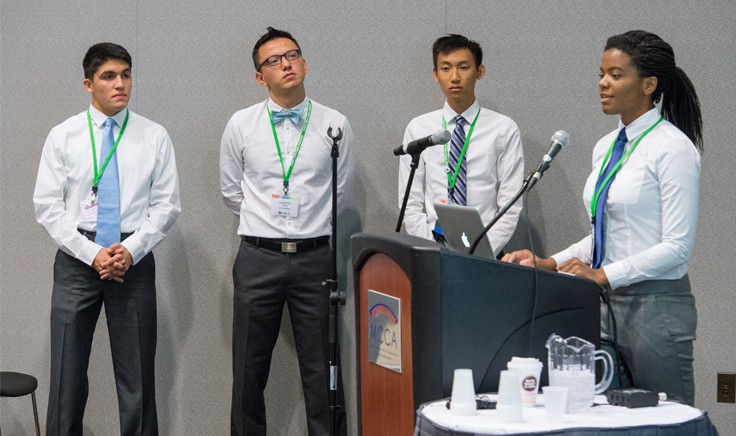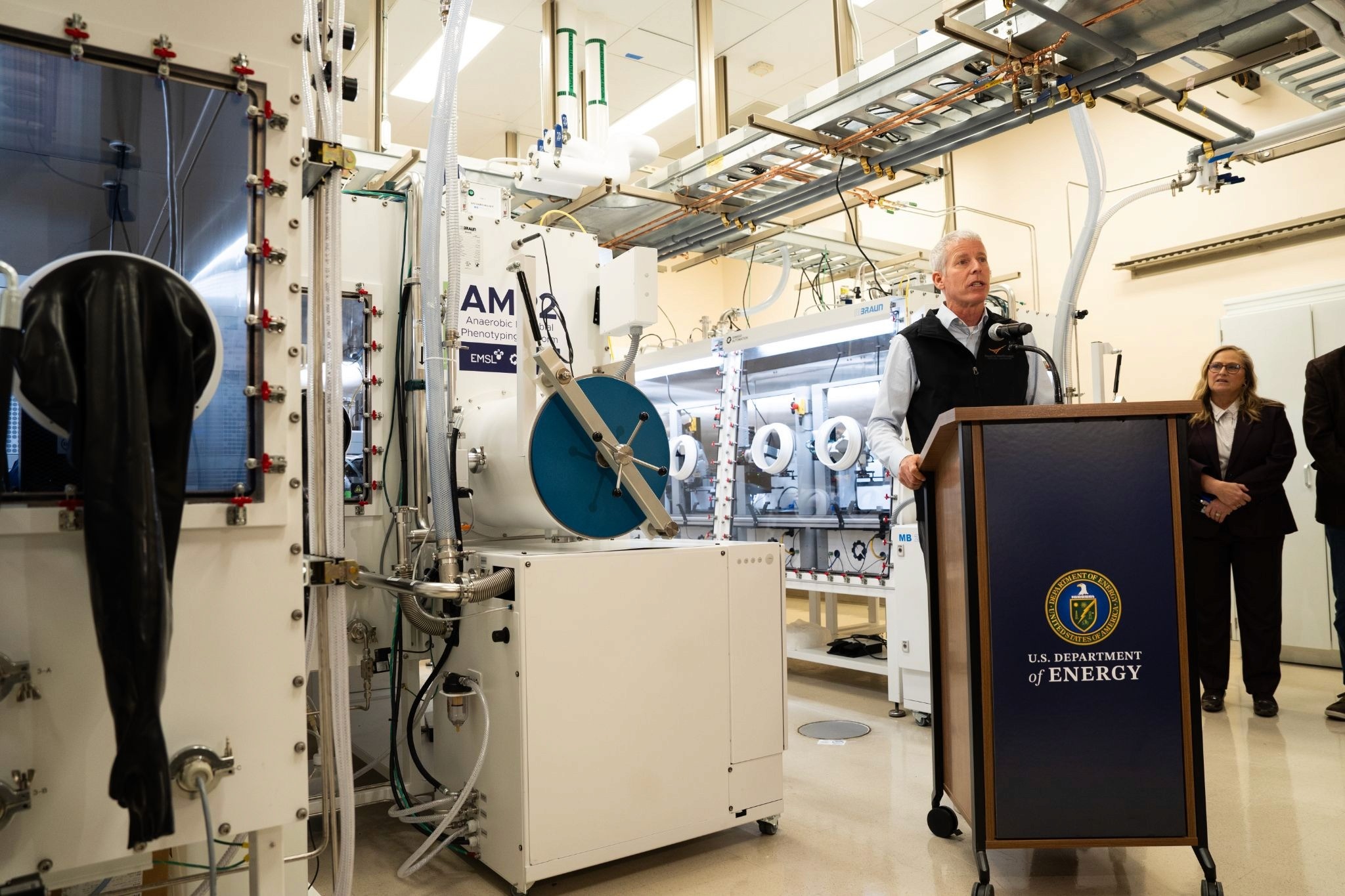Capital Markets
iGEM: Catalyzing Entrepreneurs and Startups in Synthetic Biology
Aug 19, 2015
The “e” in iGEM stands for “engineered”. Everyone knows that. But there’s another e-word iGEM headquarters wants teams to consider: entrepreneurship.
It may seem odd considering iGEM decided to retire the Entrepreneurship track after the 2014 Jamboree, but it makes sense given the quickly changing landscape of the synthetic biology field.As I write this there are several self-identified incubators, accelerators, and hybrids offering young startups seed funding, well-equipped lab spaces, and mentorship. Numerous investment funds -- both new and dedicated (such as Bioeconomy Capital) and “old” and expanding (such as a16z and Y Combinator) -- are emerging to fund early stage rounds. Meanwhile, biotech startup-friendly trends are accelerating in the areas of tools, infrastructure, and collaboration.In other words, iGEM no longer needs to offer an Entrepreneurship track to spur entrepreneurial ideas -- and maybe it never did. Any track can support work capable of being spun-out to form a new company. And even if a team doesn’t choose a direct route to becoming a startup, individuals can choose the indirect route by leveraging their iGEM experience to start companies unrelated to their project.Additionally, iGEM can also serve as a recruitment tool for participants and companies. Rachel Haurwitz, co-founder and CEO of Caribou Biosciences and a participant in iGEM 2005, continues to create value from her jamboree experience. “I was an iGEMer in 2005, and it definitely helped shape and fuel my own personal scientific curiosity,” Haurwitz said. Now, 10 years later, her company is using iGEM to recruit bright young minds. “Last year, Caribou was one of the corporate sponsors of iGEM and sent an employee to attend the giant jamboree. His main goal was to recruit interns, and that worked out well for us. Based on that success, we will be sponsoring again this year and sending someone to participate in the recruiting fair.”

The 2014 UCSD Software iGEM team presenting SBiDer (Synthetic Biocircuit Developer), a web-tool that leverages existing genetic devices to create complex genetic circuits. Photo: iGEM Foundation, Justin Knight.Whether iGEMers start a company from their project, start a company from their experience, or use their experience to join a young company, they don’t need to be going all-in on entrepreneurship from Day 1. iGEM can serve as a catalyst for their future -- and the future of the field -- whether they’re consciously aware of it or not.In fact, most startups that can trace their roots back to iGEM had nothing to do with the formal Entrepreneurship track, which ran from 2012 to 2014. Consider the list of former iGEM teams that went on to form companies, directly or indirectly, as shown on the competition’s website:iGEM Team, YearRelated CompanyMIT 2004Ginkgo BioworksAlberta 2010Genomikon (merged with Synbiota)Washington 2010 & 2011Experiment.com (formerly Microryza)Washington 2011Proteus BiologicsImperial College London 2011LabGeniusAlberta 2012*Upcycled AromaticsUniversity College London 2012*Morph BioinformaticsQueens Canada 2012Hyasynth BioMIT 2012*BenchlingErasmus University 2012* AmplinoUC Davis 2013*AmbercycleCalgary 2012 & Calgary 2013*FredSenseUniversity College London 2013*Bento LabPenn 2013BioBotsImperial College London 2014CustoMem*Denotes team in former Entrepreneurship track. Source: iGEM.A few readily available observations from the list:
Individuals that experienced iGEM have gone on to found companies making real impacts in their industries.
Similar to the global competition, these companies are competing in a diverse range of industries ranging from software to hardware, open-source to proprietary, niche chemicals to commodity chemicals.
Most startups that have been catalyzed by iGEM were founded in the last several years, which demonstrates the positive trends sweeping across the field that were noted above.
According to the list above (which may not be complete), iGEM teams from Canada have catalyzed almost as many startups (4) as teams from the United States (5).
Universities from London are sticking it to the rest of the world with four (4) companies catalyzed. Any other global cities feel like responding?
The table confirms observations I made when walking around iGEM 2014 (my first jamboree). I was astonished at the diversity of the projects, the creativity of the students, and the commercial potential of several of the projects. Jason Kelly, co-founder of Ginkgo Bioworks and a member of MIT 2004, echoed that sentiment and added a message for venture capitalists:
If you want to know what synthetic biology products will be on the market in five years walk around the iGEM competition and see what the students are prototyping today. Then go invest accordingly.
Henrik Hagemann, co-founder of CustoMem and member of Imperial 2014, shared his thoughts with me on taking an iGEM project to the next level and what makes the event a great place to begin thinking about a company.Surprisingly, Hagemann says:
The majority of planned things for this prototype/project do not come together, but some do. Unexpectedly, it’s less important how many parts of the project work. Rather, it is the exercise of prioritising the most necessary aspects and working on these that translates so well to thinking about starting a company. By presenting to commercial experts, stakeholders not involved with synthetic biology, and customers you get to hear valuable inputs on the project, which inform your decision about the feasibility of a project. This process of acquiring evidence for the feasibility of a spin-out can help you move fast and discontinue projects not worth pursuing.
He was also quick to point out that the team could not have spun-out CustoMem without a great community of experts provided by Synthetic Biology Hub at Imperial, the SynbiCITE, and the Co Create team of Imperial Innovations. The strong and supportive synthetic biology network in London could explain the success of the city’s iGEM teams and could serve as a model for other universities looking to optimize value from the jamboree.
iGEM and Entrepreneurship
So what makes iGEM a great catalyst for entrepreneurship? The international competition requires teamwork, feeds on creative and thrifty thinking, hones fundraising skills, and generates responsible innovation from young individuals that wish to engineer the living world to make the world better. It forces teams to consider problems that are unaddressed (or insufficiently addressed), craft solutions, and analyze market opportunities for impactful technology.Teams don’t need to go into the competition thinking about spinning out a company, nor do individuals have to start a company directly from their iGEM team. Experiences (not “experience”) and adopting the right mindset are much more important for an entrepreneur. iGEM cultivates both, which may just be the secret behind the stealthiest synthetic biology incubator in the field.Note: Randy Rettberg, President of the iGEM Foundation, will be speaking at SynBioBeta San Francisco 2015.

















